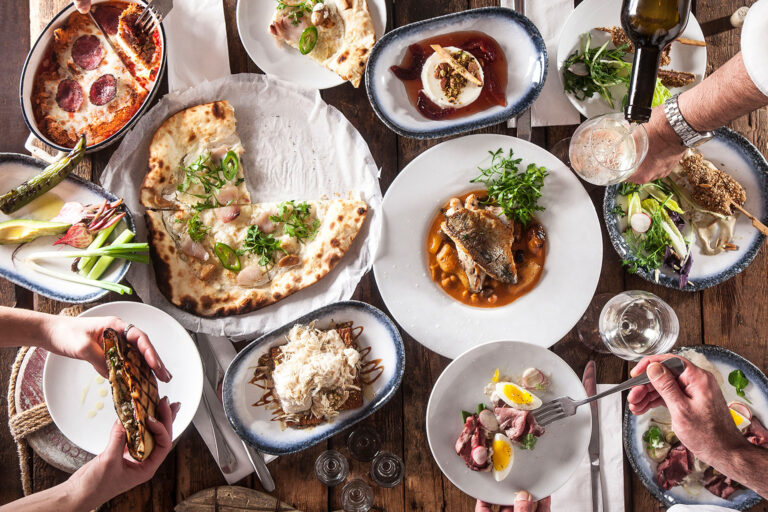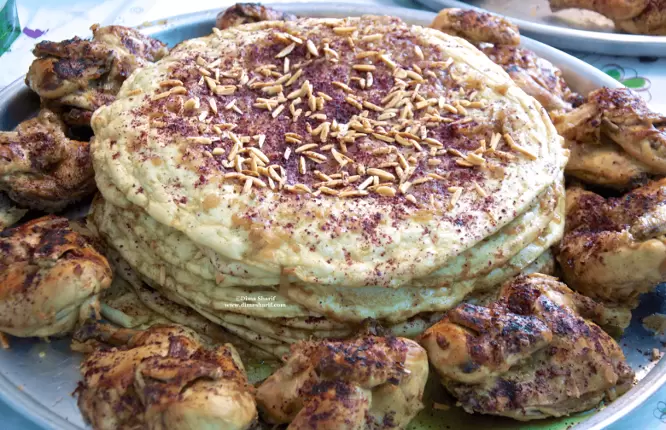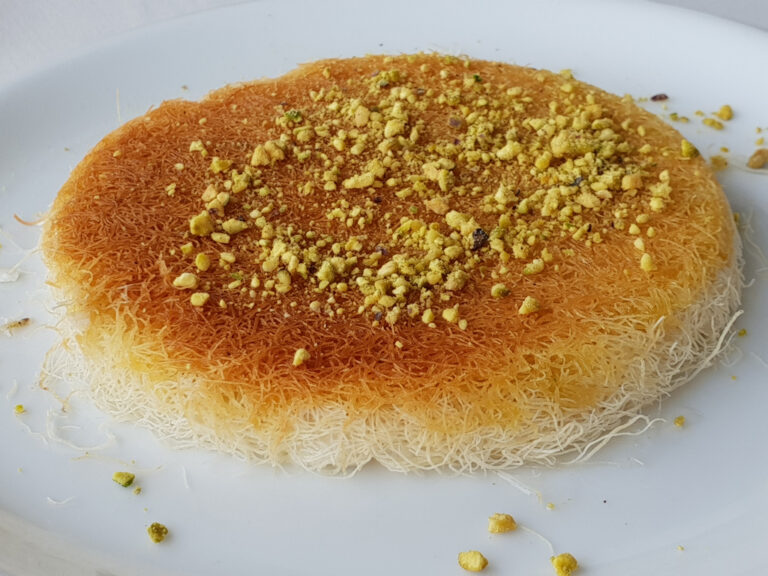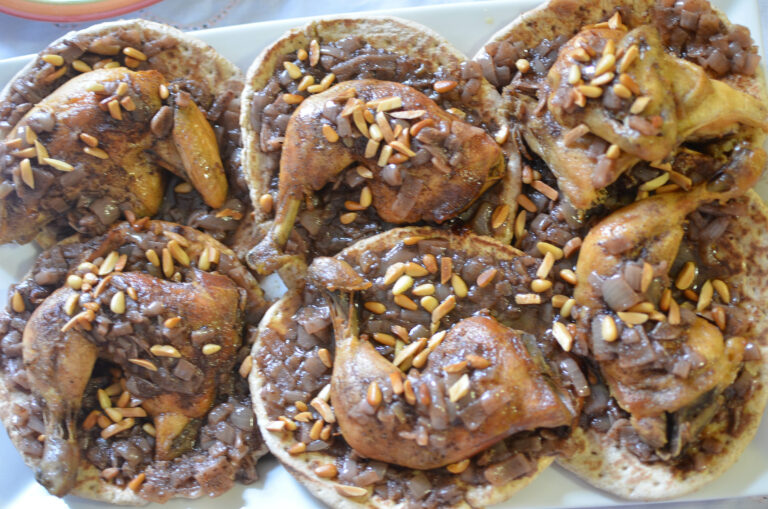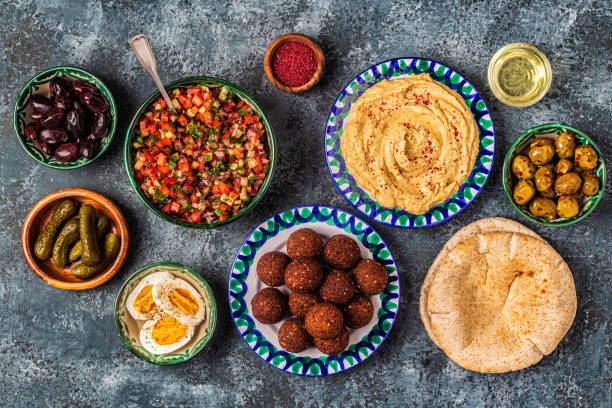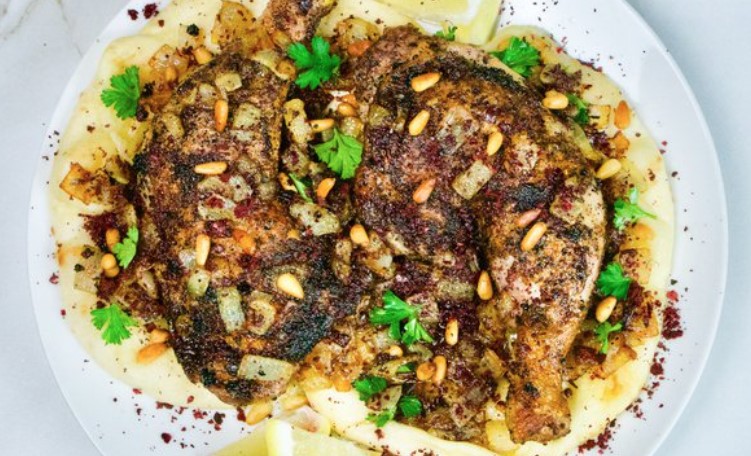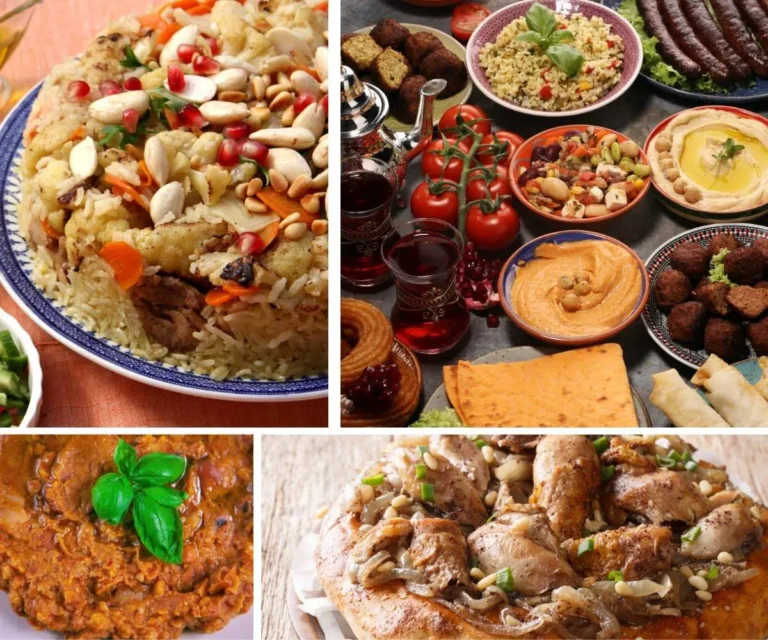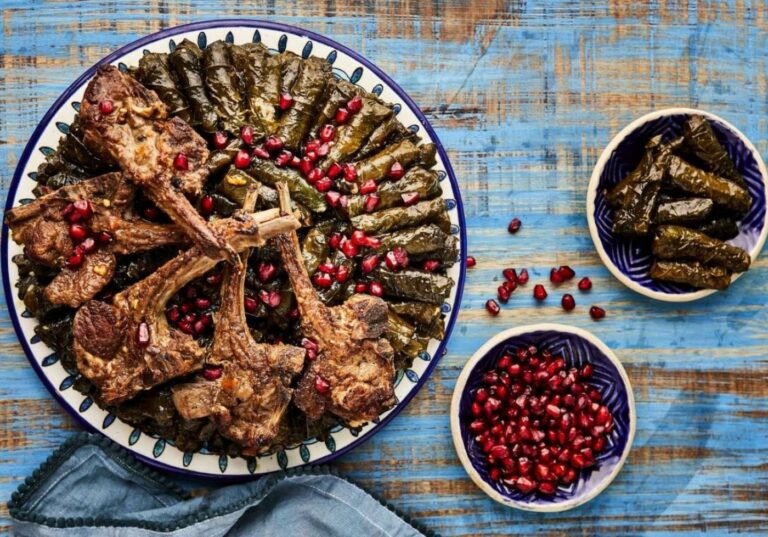Introduction: Exploring Palestine’s Culinary Heritage
Palestinian cuisine is a reflection of the country’s rich history and cultural diversity. The cuisine is a blend of various influences, including Ottoman, Arab, and Mediterranean. Palestinian cuisine is known for its vibrant flavors, unique ingredients, and intricate preparation techniques. The food is not only delicious but also represents Palestinian culture and identity.
The Role of Food in Palestinian Culture
Food plays a significant role in Palestinian culture. It is an essential part of social gatherings, celebrations, and family traditions. Palestinian hospitality is famous worldwide, and food is a central aspect of that hospitality. Palestinian cuisine is a way of connecting with family, friends, and community. It is a way of preserving cultural heritage and passing it down to future generations.
Traditional Palestinian Dishes: A Brief Overview
Palestinian cuisine is diverse, and each region has its unique dishes. Some of the most popular Palestinian dishes include Mansaf, Musakhan, Makloubeh, Kanafeh, and Falafel. These dishes have been passed down through generations and reflect the country’s culinary history. Palestinian cuisine is also known for its use of fresh and locally sourced ingredients, including olive oil, za’atar, and sumac.
Top 5 Palestinian Dishes You Must Try
If you are looking to try Palestinian cuisine, here are the top five dishes you must try:
- Mansaf: A traditional dish made with lamb, yogurt, and rice. It is often served on special occasions and represents Palestinian hospitality.
- Musakhan: A dish made with roasted chicken, onions, and sumac. It is served on flatbread and is a popular street food in Palestine.
- Makloubeh: A one-pot dish made with rice, meat, and vegetables. It is a staple in Palestinian households and is often served with yogurt.
- Kanafeh: A dessert made with sweet cheese and shredded phyllo dough. It is soaked in syrup and is a favorite during Ramadan.
- Falafel: A deep-fried vegetarian dish made with chickpeas, herbs, and spices. It is a popular street food in Palestine and is served in a pita with tahini sauce.
The Ingredients and Preparation of Palestinian Cuisine
Palestinian cuisine relies heavily on fresh and locally sourced ingredients. Olive oil, za’atar, and sumac are commonly used in Palestinian dishes. The preparation of Palestinian cuisine is time-consuming and requires patience and skill. Some dishes like Makloubeh and Mansaf take hours to prepare and are often served on special occasions. Palestinian cuisine is a labor of love and represents the care and attention that Palestinians put into their food.
Conclusion: Preserving Palestinian Culinary Traditions for Future Generations
Palestinian cuisine is not just about food, but it is also a way of preserving Palestinian culture and heritage. It is a way of passing down traditions and connecting with the past. The rich history and diversity of Palestinian cuisine must be preserved for future generations. By appreciating and supporting Palestinian cuisine, we can help to keep Palestinian culture and traditions alive.

